color-matcher
Description
color-matcher enables color transfer across images which comes in handy for automatic color-grading of photographs, paintings and film sequences as well as light-field and stopmotion corrections. The methods behind the mappings are based on the approach from Reinhard et al., the Monge-Kantorovich Linearization (MKL) as proposed by Pitie et al. and our analytical solution to a Multi-Variate Gaussian Distribution (MVGD) transfer in conjunction with classical histogram matching. As shown below our HM-MVGD-HM compound outperforms existing methods.
Results
| Source | Target | Result | |
|---|---|---|---|
| Photograph | 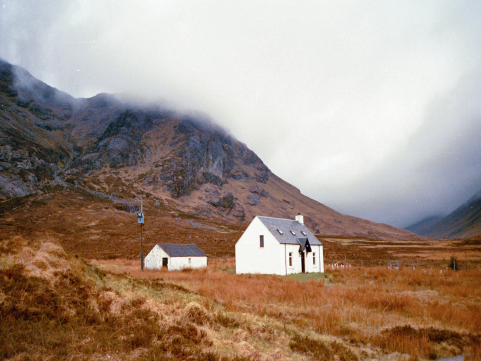 |
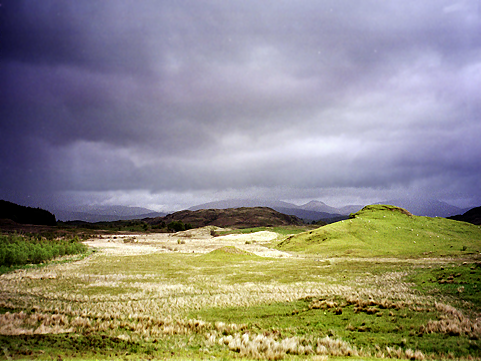 |
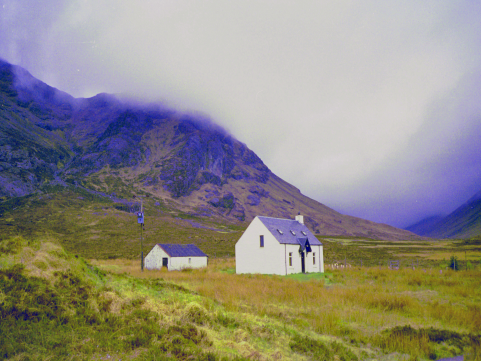 |
| Film sequence |  |
 |
 |
| Light-field correction | 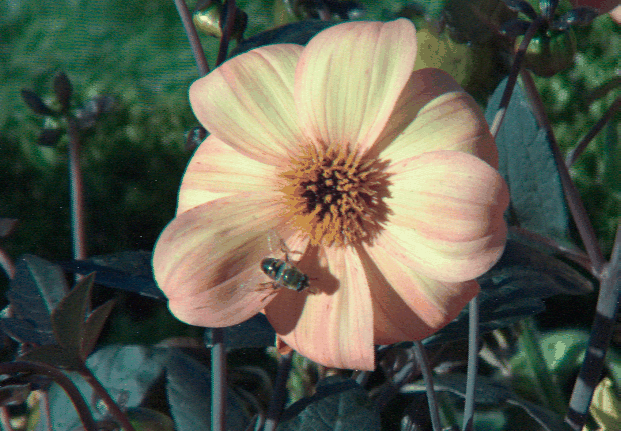 |
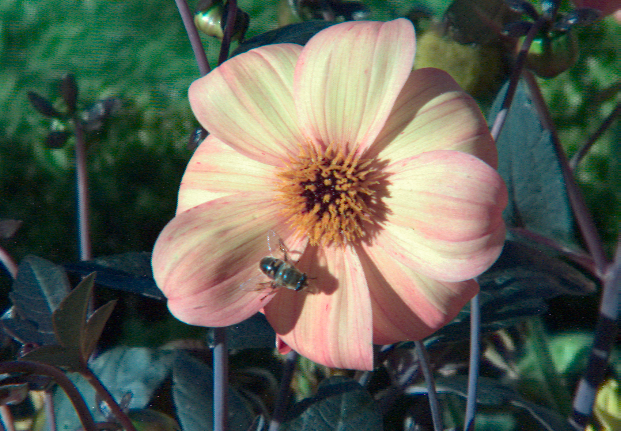 |
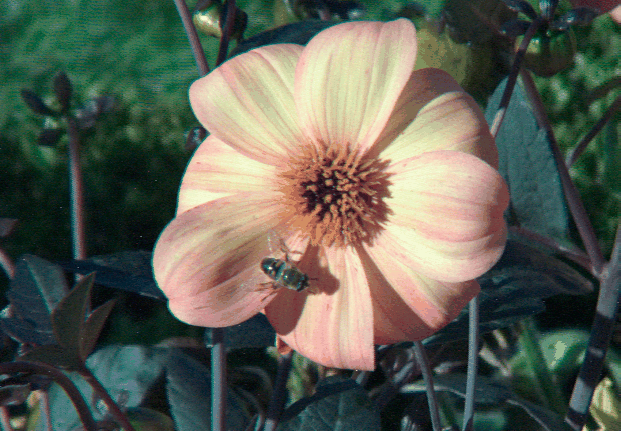 |
| Paintings |  |
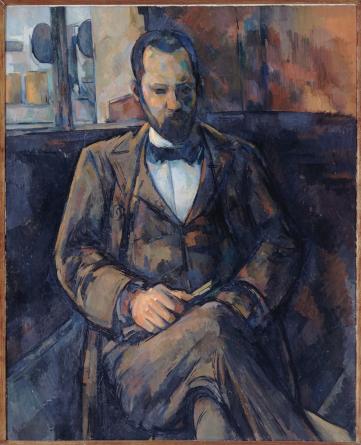 |
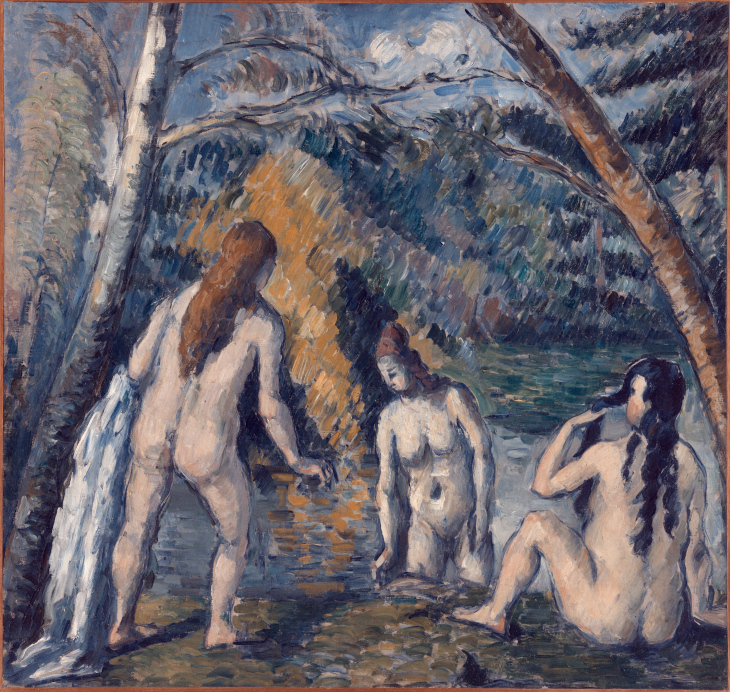 |
Installation
-
- via pip:
-
- install with
pip3 install color-matcher - type
color-matcher -hto the command line once installation finished
- install with
-
- from source:
-
- install Python from https://www.python.org/
- download the source using
git clone https://github.com/hahnec/color-matcher.git - go to the root directory
cd color-matcher - load dependencies
$ pip3 install -r requirements.txt - install with
python3 setup.py install - if installation ran smoothly, enter
color-matcher -hto the command line
CLI Usage
From the root directory of your downloaded repo, you can run the tool on the provided test data by
color-matcher -s './tests/data/scotland_house.png' -r './tests/data/scotland_plain.png'
on a UNIX system where the result is found at ./tests/data/. A windows equivalent of the above command is
color-matcher --src=".\\tests\\data\\scotland_house.png" --ref=".\\tests\\data\\scotland_plain.png"
Alternatively, you can specify the method or select your images manually with
color-matcher --win --method='hm-mkl-hm'
Note that batch processing is possible by passing a source directory, e.g., via
color-matcher -s './tests/data/' -r './tests/data/scotland_plain.png'
More information on optional arguments, can be found using the help parameter
color-matcher -h
API Usage
from color_matcher import ColorMatcher
from color_matcher.io_handler import load_img_file, save_img_file, FILE_EXTS
from color_matcher.normalizer import Normalizer
import os
img_ref = load_img_file('./tests/data/scotland_plain.png')
src_path = '.'
filenames = [os.path.join(src_path, f) for f in os.listdir(src_path)
if f.lower().endswith(FILE_EXTS)]
cm = ColorMatcher()
for i, fname in enumerate(filenames):
img_src = load_img_file(fname)
img_res = cm.transfer(src=img_src, ref=img_ref, method='mkl')
img_res = Normalizer(img_res).uint8_norm()
save_img_file(img_res, os.path.join(os.path.dirname(fname), str(i)+'.png'))Experimental results
The above diagram illustrates light-field color consistency from Wasserstein metric W_1 and histogram distance D_2 where low values indicate higher similarity between source \mathbf{r} and target \mathbf{z}. These distance metrics are computed as follows
where f(k,\cdot) and F(k,\cdot) represent the Probability Density Function (PDF) and Cumulative Density Function (CDF) at intensity level k, respectively. More detailed information can be found in our IEEE paper.
Citation
@ARTICLE{plenopticam,
author={Hahne, Christopher and Aggoun, Amar},
journal={IEEE Transactions on Image Processing},
title={PlenoptiCam v1.0: A Light-Field Imaging Framework},
year={2021},
volume={30},
number={},
pages={6757-6771},
doi={10.1109/TIP.2021.3095671}
}






